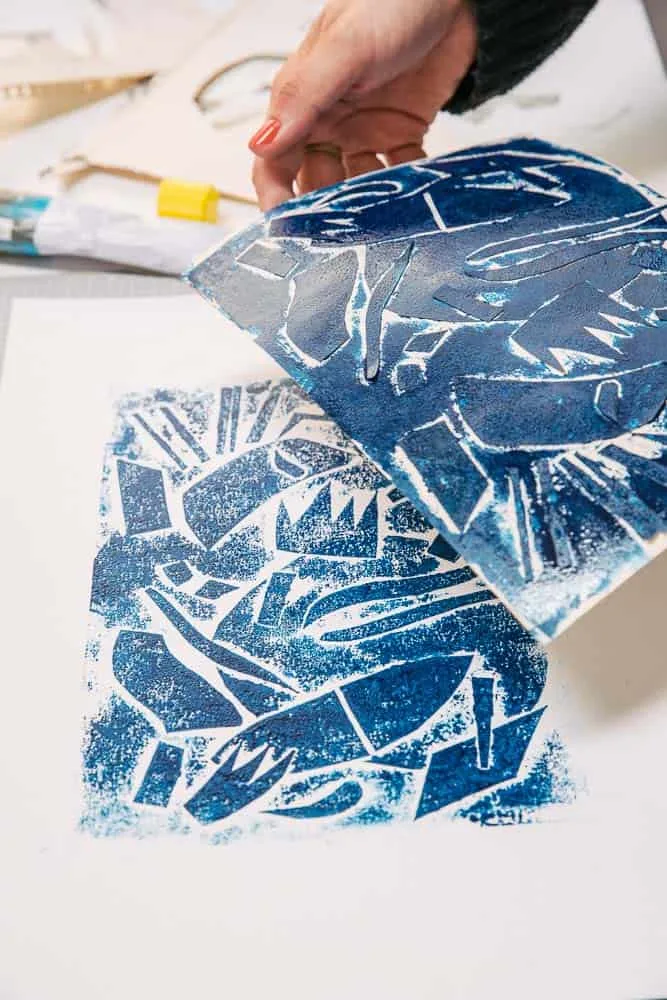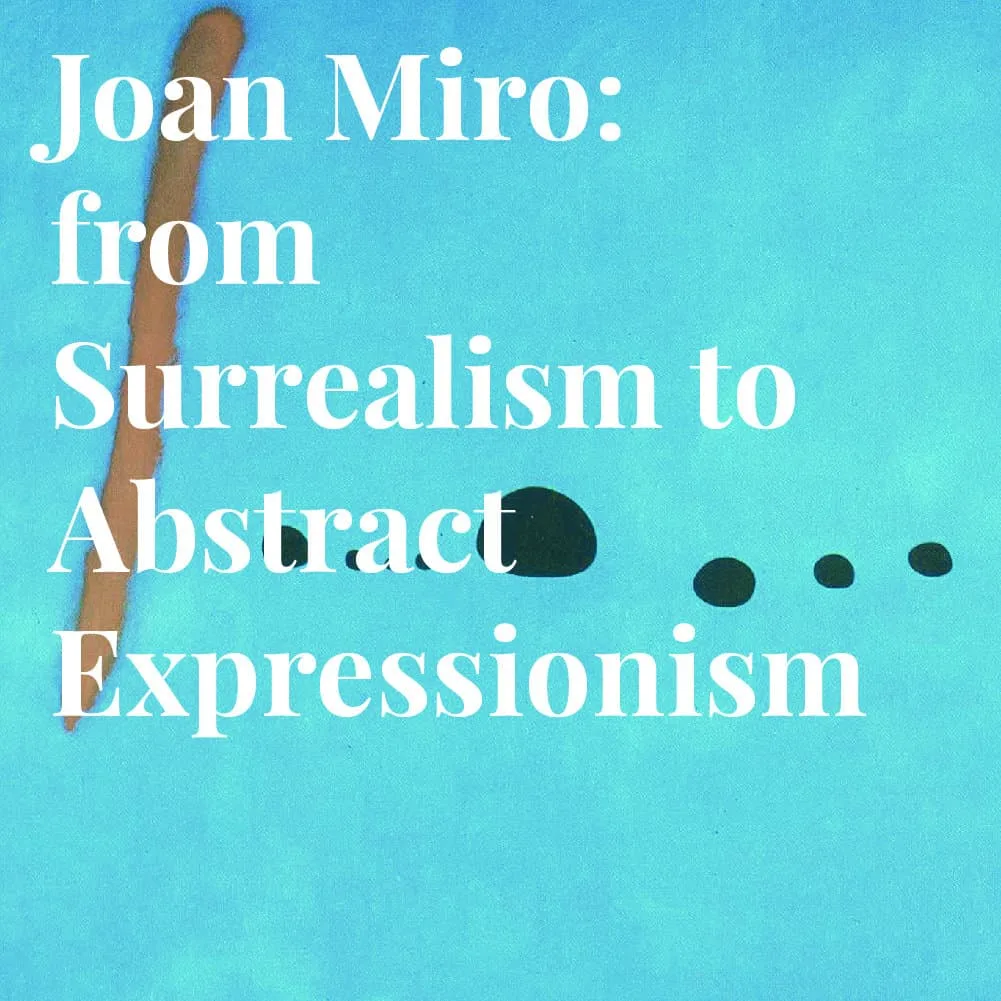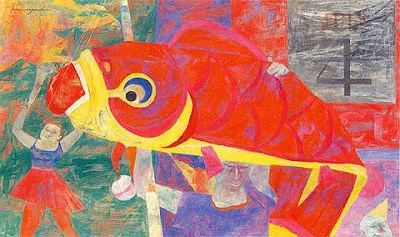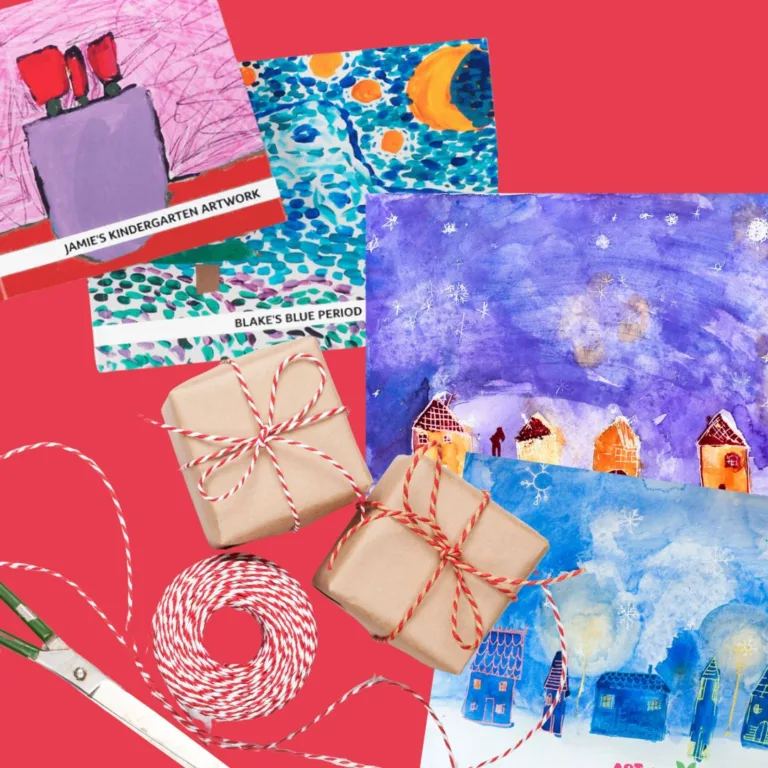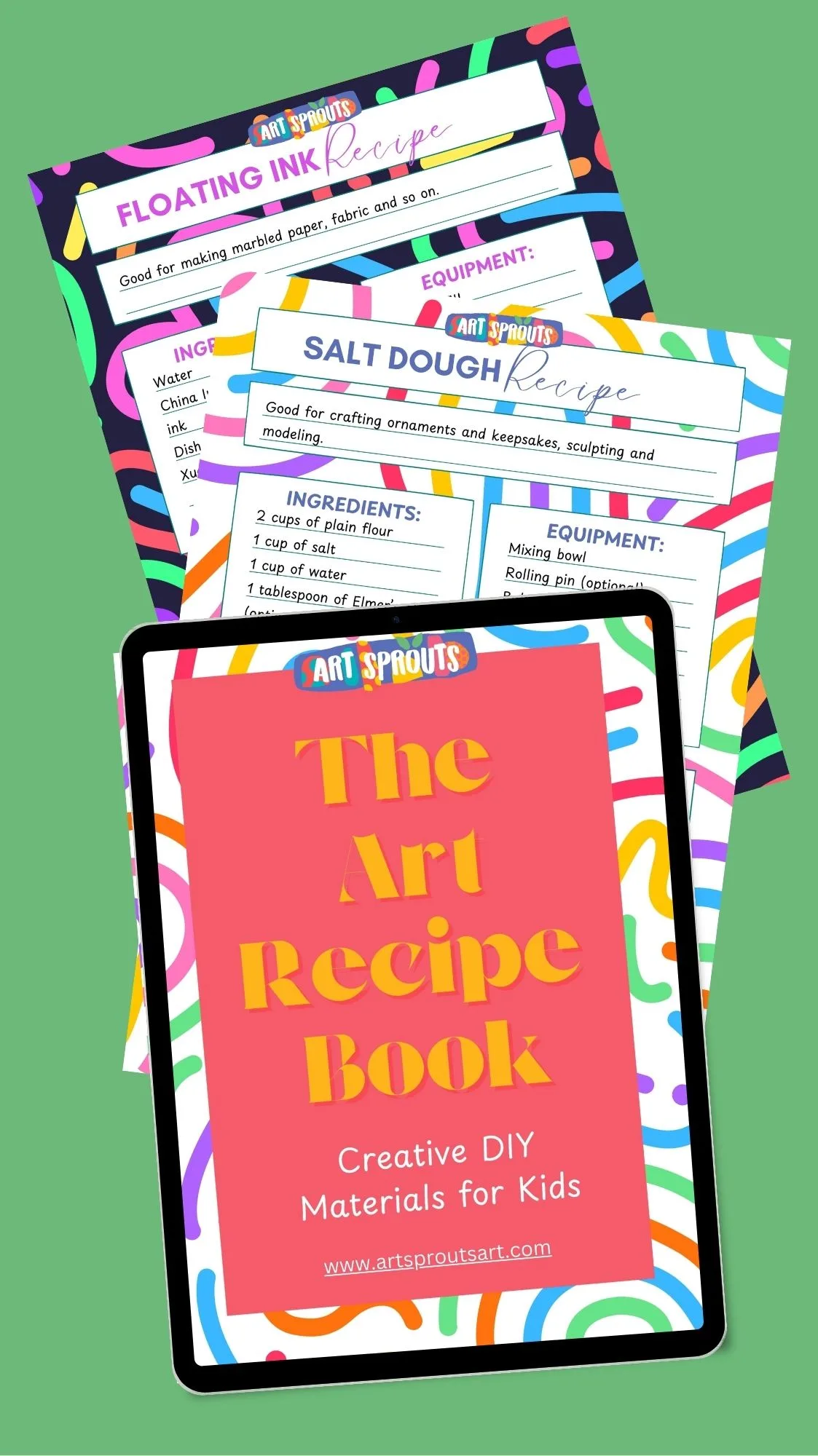Kandinsky Circles Lesson for Kids: Practical color theory
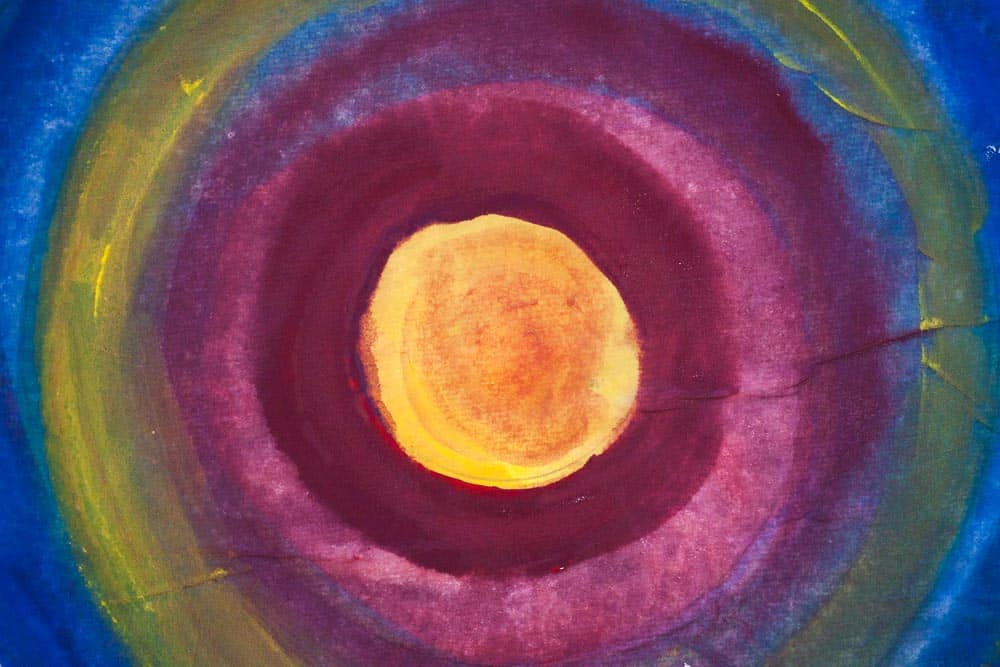
Kandinsky’s Circles Lesson for Kids: Color theory made Fun
Here comes another variation on the Kandinsky circles paintings theme. Last time we used polymer clay, while on this post I’d like to share a painting activity using rice paper (Xuan paper) and gouache.
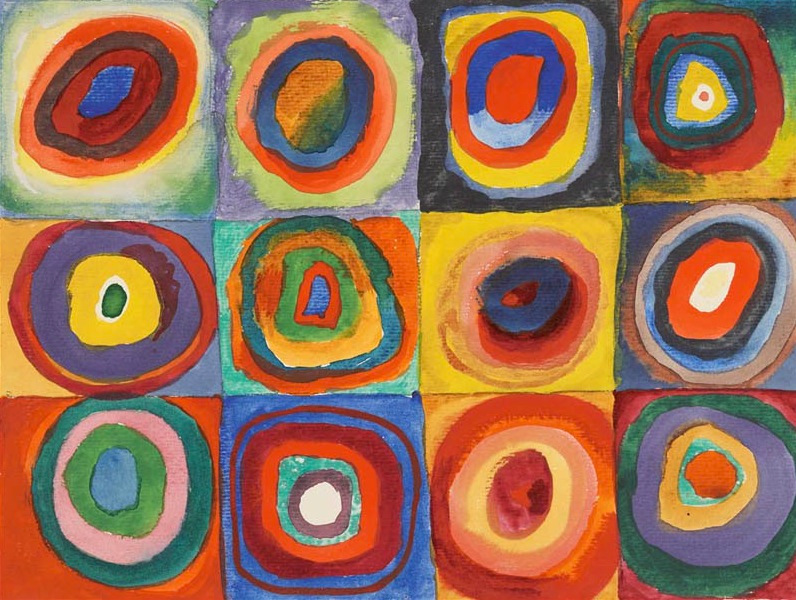
The underestimated Xuan paper
I have a little confession to make: I like to use Xuan paper for most of my classes. Frankly, I love how it absorbs colors evenly, which works wonder to complement and “correct” children’s unavoidable smudges, drips and dry brush strokes. I mean, look at traditional Chinese painting: it’s all about glorified improvisation and beautiful drips!
Now, I do live in China which makes Xuan paper readily available and affordable, but with some research, I found reliable sellers on Amazon as well.
Of course classic gouache/watercolor paper will work just as well, but it tends to wrinkle and requires some extra effort to blend the colors nicely.
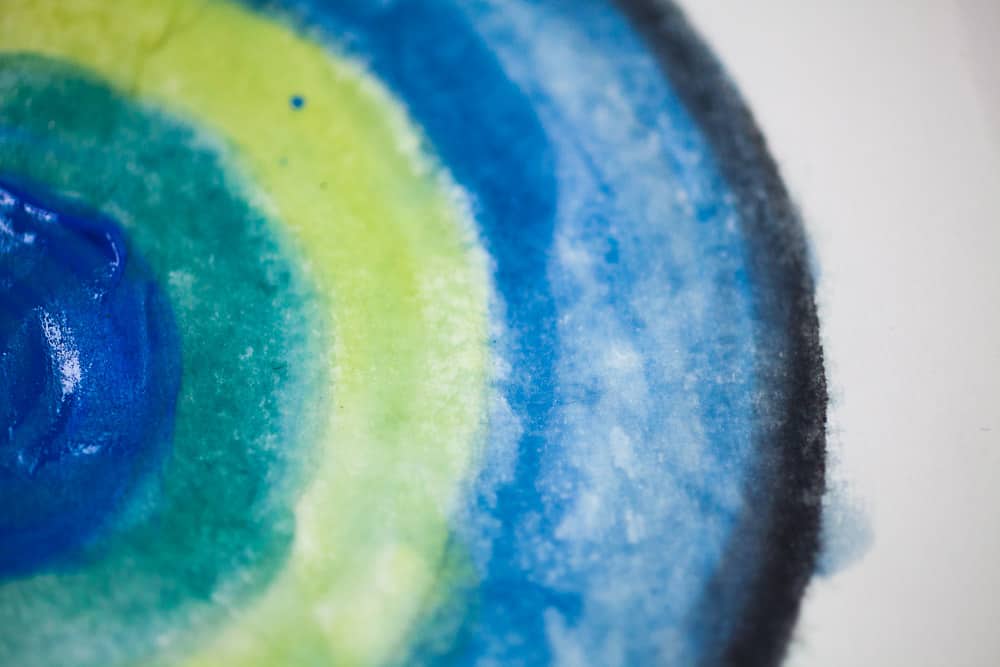
How to get started on the Kandinsky’s circles paintings
Materials:
Xuan Paper cut into squares. Depending on the paper size, I like to get at least two square per sheet of paper.
Gouache color (Ideally you would want to only use primary tones to practice mixing and creating new colors)
Soft round brushes (I use Chinese bamboo brushes. They are very soft and can go from thick to thin with different pressure)
Various round objects in different sizes (plates, lids, tape…) to draw your circles.
Instructions:
1. Start by finding the paper’s center: to do so we can fold it along its diagonals or use some sort of ruler to trace them.
2. Use the round objects to trace a series of concentric circles.
3. Draw as many concentric circles as you like, usually three or four will suffice.
4. I like to assign a “theme” for each circle: warm, cold, complementary, primary, monochrome… Now is the time to put into practice all that we have learned about color theory!
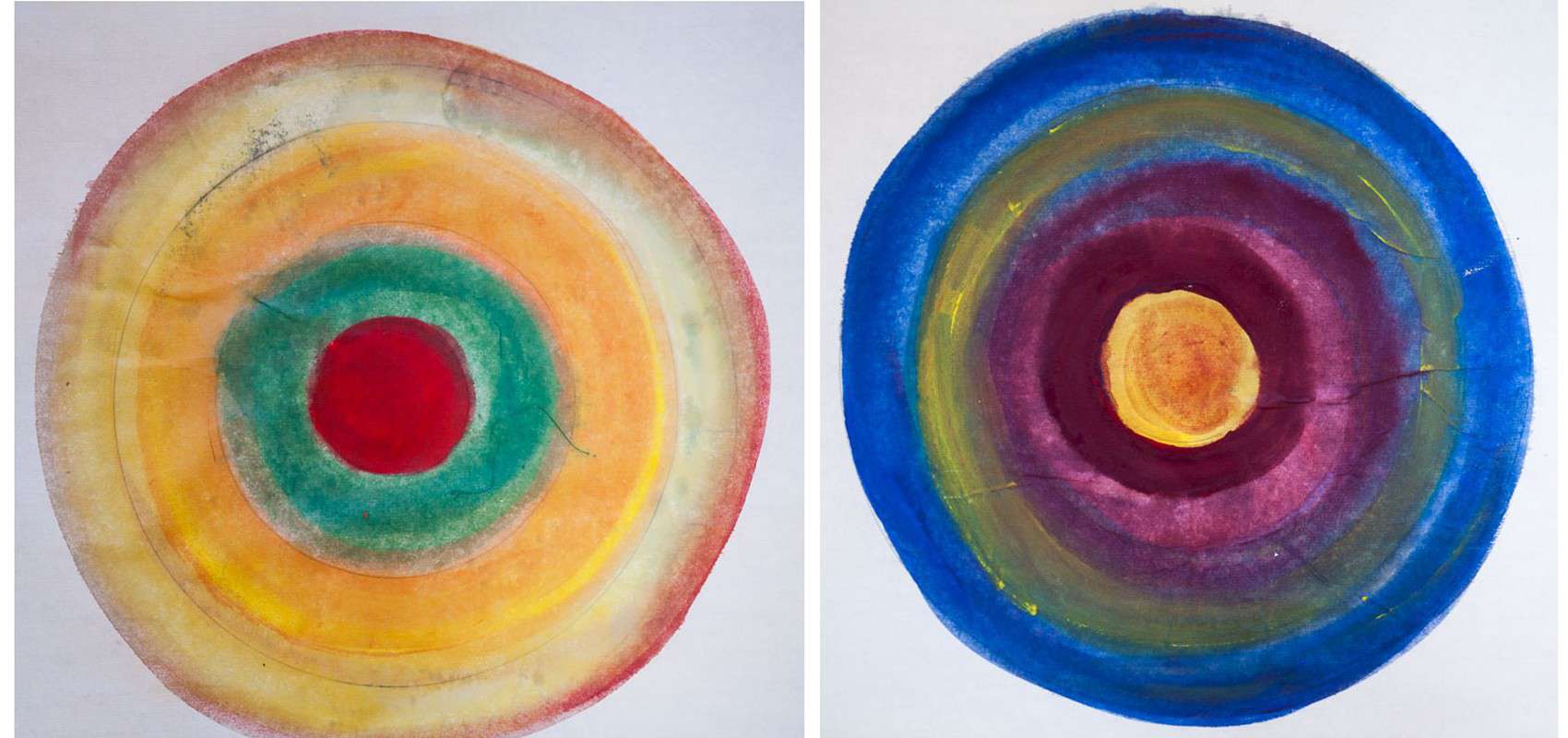
5. If I am using Xuan paper, I like to keep the color extremely watery. The trick to avoiding breaking the paper is to place a newspaper underneath it and leave it there to dry. They will come apart effortlessly once dry. Alternatively, you can add a second paper underneath and get an extra bonus print!

What do you think? Have you tried Xuan paper in your classes? Leave a comment below to share your suggestions and feedbacks.
For some more Kandinsky inspired art classes:
To read about my take on teaching color theory:
Save for later




